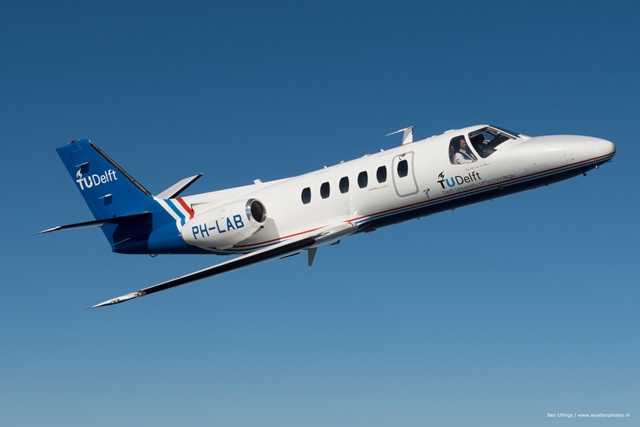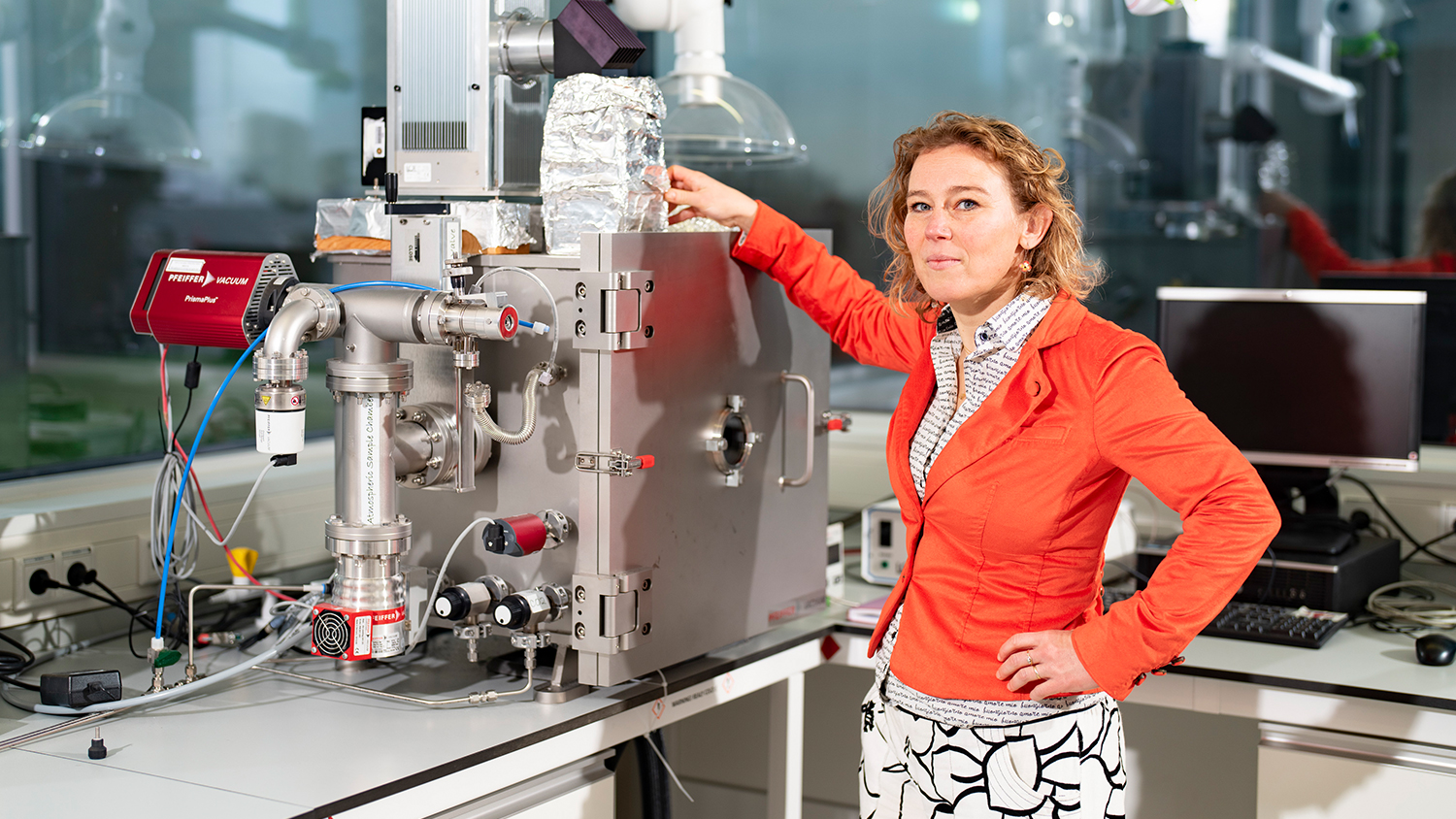Planetary science is a research field that shares interfaces with both astronomy and various earth sciences. Research methods and facilities from both fields find their way into ongoing research taking place within Dutch academia. Manyb of these facillities are open for collaboration and you can vistit their websites for more details and contact the responsible lab managers.
Utrecht University
PALLAS
The Planetary Analogues Laboratory for Light, Atmosphere, and Surface Simulations (PALLAS) facility specifically designed to experimentally study organic compounds under simulated planetary (sub)surface conditions on rocky bodies in our solar system.
Earth Simulation Laboratory
With the Earth Simulation Laboratory, Utrecht University has created one of the world’s largest experimental laboratories for research into the physical behaviour of the Earth, and by extension; other planets. The ESL enables our researchers to simulate and examine processes in the interior of the Earth and on the Earth’s surface with an unprecedented degree of detail and precision.
VU Amsterdam
Lunar and Planetary Laboratory
At the Lunar and Planetary Laboratory at the Department of Earth Sciences, here you can determine physical and chemical properties of minerals, silicate magma and metals at high pressures and high temperatures.
TU Delft
Delft Planetary Labs
The Delft Planetary Labs (DPL) is an ecosystem of research facilities dedicated to various applications in planetary science. DPL is a ‘distributed lab’ consisting of lab facilities that use different research strategies to study the properties of asteroids, rocky planets and (icy) moons. All these facilities have in common that planetary properties and processes are studied using an analogue approach. This means that we recreate conditions found on other planets through lab environments, use of analogue materials or by exploring field (i.e., landform and rock) analogues. Facilities include pressure chambers, high-pressure/temperature facilities, advanced spectroscopy set-ups, drones and more.
Satellite Communications and Orbital Mechanics (SCOM) Laboratory
Hallmark of SCOM is ‘access to the sky’ for hands-on research in satellite communications, tracking, and orbital mechanics. By testing equipment in real-world conditions and tracking satellites, meteors, and observing other planetary bodies, the lab advances our understanding of space dynamics while assessing the performance and robustness of hardware. At its rooftop location SCOM hosts a variety of tools that include a telescope, a FRIPON fireball monitoring camera and various antenna systems, which creates synergies with state-of-the-art tracking and communication systems and the Tudat astrodynamics toolbox.

PH-LAB research aircraft
Planetary scientists in the Netherlands (and those beyond) have access to the Cessna Citation II research aircraft to study planetary processes under to partial-gravity and microgravity conditions. Dedicated support is available for applications from the initial idea to a flight-ready experiment. Through expert advice, co-creation of the hardware set-up and inflight procedures, this unique user-oriented environment allows researchers to get the most out of their science. The research aircraft is embedded as a facility in the Expertise Network and maintains close ties with Dutch planetary scientists to help address arising research needs.
Twente University
Hyperspectral cameras & Drone lab
At Twente University dedicated facilities are available to identify and map materials in a spectroscopy laboratory through spectroscopic remote sensing techniques, specifically Hyperspectral cameras for the visible – near infrared light (350 – 1000 nm) in 768 spectral bands and 1024 spatial pixels; the other measures shortwave infrared light (1000 – 2500 nm) in 288 spectral bands and 384 spatial pixels. Depending on the choice of accessories, the cameras can scan an image of a stationary target in the laboratory (i.e., planetary analogue samples) or scan scenery in the field. Furthermore, the drone lab facilitates the use of drones and autonomous robots for geoscience applications, research and capacity-building projects, specifically for multi- and hyperspectral applications.

